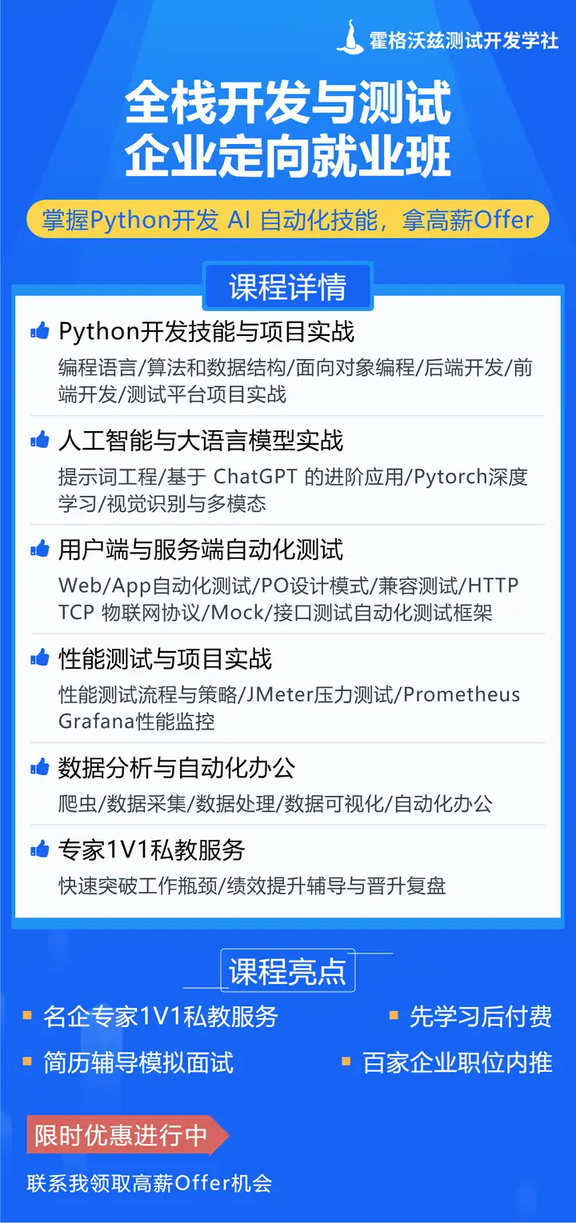缓存击穿是指某个热点数据在缓存过期的瞬间,有大量并发请求同时访问该数据,导致所有请求直接打到数据库,造成数据库压力骤增。为了解决缓存击穿问题,可以采取以下几种处理方法:
一、处理方法
互斥锁(Mutex)
在缓存失效时,通过加锁机制确保只有一个线程能访问数据库并更新缓存,其他线程等待锁释放后从缓存中读取数据。
public class CacheService { private final Object lock = new Object();
public String getData(String key) { String value = cache.get(key); if (value == null) { synchronized (lock) { value = cache.get(key); if (value == null) { value = database.get(key); cache.set(key, value); } } } return value; }}
复制代码
提前更新缓存
在缓存过期前主动更新缓存,即提前在缓存过期之前重新加载数据,确保缓存始终有值。
public class CacheService { private final ScheduledExecutorService scheduler = Executors.newScheduledThreadPool(1);
public CacheService() { scheduler.scheduleAtFixedRate(this::updateCache, 0, 1, TimeUnit.MINUTES); }
private void updateCache() { String key = "someKey"; String value = database.get(key); cache.set(key, value); }}
复制代码
延迟双删策略
在更新缓存时,先删除缓存,再更新数据库,最后再次删除缓存,确保缓存数据一致性。
public void updateData(String key, String value) { cache.delete(key); database.update(key, value); try { Thread.sleep(1000); // 等待缓存失效时间 } catch (InterruptedException e) { Thread.currentThread().interrupt(); } cache.delete(key);}
复制代码
热点数据永不过期
对于热点数据,设置一个很长的过期时间,甚至不设置过期时间,定期手动更新缓存。
public class CacheService { public void setHotData(String key, String value) { cache.set(key, value, Long.MAX_VALUE); }}
复制代码
布隆过滤器
使用布隆过滤器来判断某个数据是否存在,从而避免缓存穿透导致的数据库查询。
private BloomFilter<String> bloomFilter = BloomFilter.create(Funnels.stringFunnel(Charset.defaultCharset()), 100000);
public String getData(String key) { if (!bloomFilter.mightContain(key)) { return "Default Value"; // 数据不存在,直接返回默认值 } String value = cache.get(key); if (value == null) { value = database.get(key); cache.set(key, value); } return value;}
复制代码
二、测试方法
单元测试
编写单元测试验证各个处理方法的逻辑正确性。
@Testpublic void testCacheHit() { CacheService service = new CacheService(); String key = "testKey"; String value = "testValue"; cache.set(key, value); assertEquals(value, service.getData(key));}
复制代码
集成测试
模拟高并发场景,验证在缓存失效时各个处理方法的有效性。
@Testpublic void testHighConcurrency() throws InterruptedException { CacheService service = new CacheService(); String key = "testKey"; CountDownLatch latch = new CountDownLatch(100); for (int i = 0; i < 100; i++) { new Thread(() -> { try { service.getData(key); } finally { latch.countDown(); } }).start(); } latch.await(); assertNotNull(cache.get(key));}
复制代码
负载测试
使用负载测试工具(如 JMeter、Gatling)模拟高并发请求,测试系统在缓存失效情况下的性能。
jmeter -n -t cache_test.jmx -l result.jtl
复制代码
故障注入测试
使用故障注入工具(如 Chaos Monkey)模拟缓存服务器宕机或延迟,验证系统的缓存击穿处理策略。
chaos-monkey-aws attack --instance-id i-xxxxxx --type terminate
复制代码
结论
缓存击穿是分布式系统中常见的问题,通过合理的处理方法(如互斥锁、提前更新缓存、延迟双删、热点数据永不过期、布隆过滤器等)可以有效地防止缓存击穿造成的系统性能问题。通过单元测试、集成测试、负载测试和故障注入测试,可以验证这些方法的有效性,确保系统的稳定性和高可用性。









评论